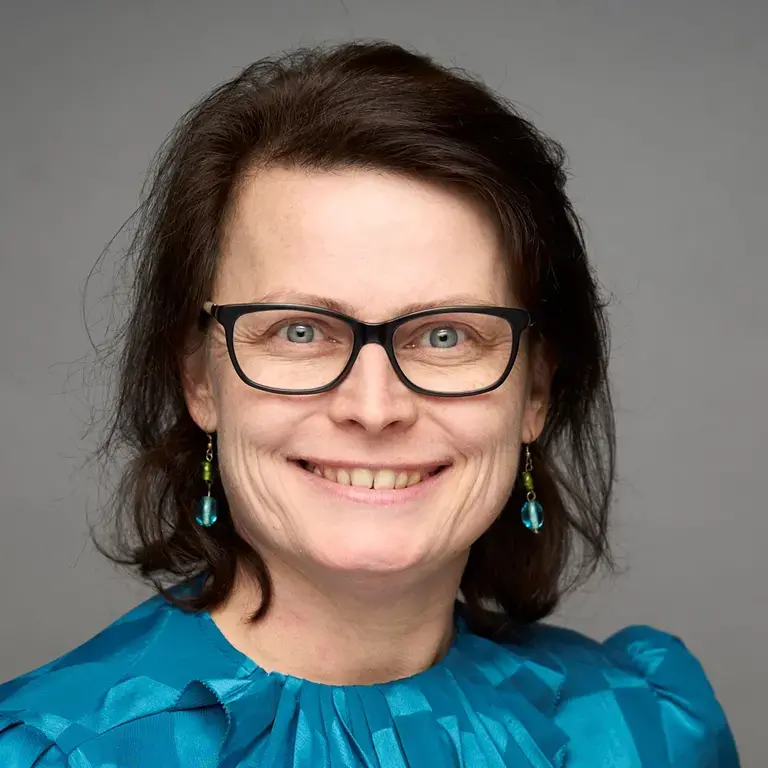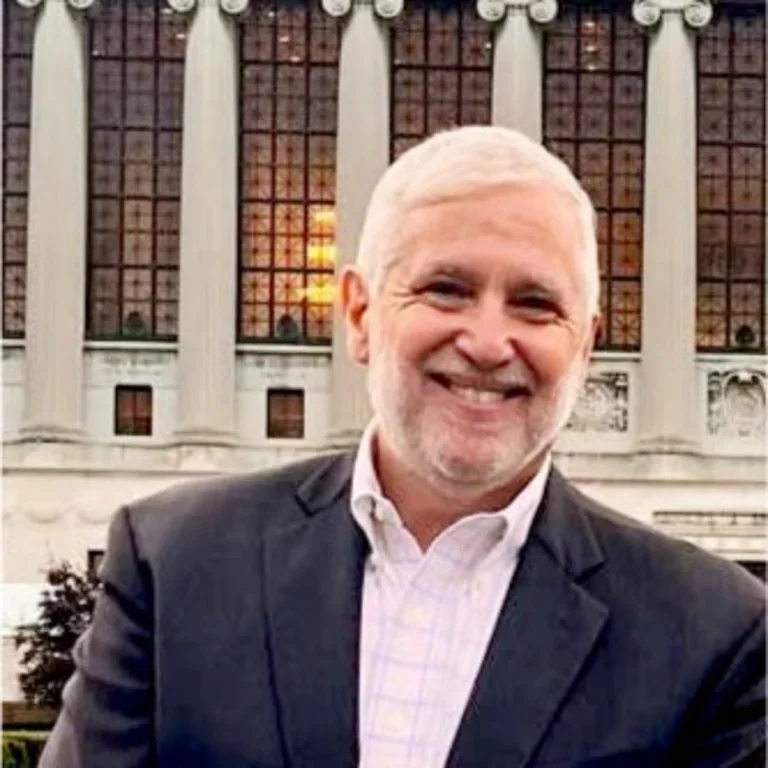Guest speaker, Dr. Rick Hardin, visited Dr. Steve Safier and Tina Anderson’s class to share his expertise as a business consultant, executive coach, and leadership advisor within matrix organizations.
The majority of organizations today rely to some degree on matrix management structures to drive business results. The work for HCM professionals, then, becomes about helping leaders understand the benefits of these structures, and how to make them work. Dr. Hardin is clear on the benefits: matrix management structures are more flexible and conducive to collaboration, he says. He suggests that organizations will continue to rely on these structures in future, with even more complicated matrices and relationships between “players” in what he calls the “networked organization.”
As our faculty and students agreed, however, matrix organizations are complicated because of the multiple accountabilities and allegiances that people experience and the degree of collaboration needed to be successful - – often across function, geography and/or business. To succeed in the matrix, therefore, organizations must address key challenges. First, it’s important to define clear accountabilities for the work. Second, it’s important to develop managers to best support the structure. Specifically, Rick recommends that HCM professionals strengthen several tools for managers to support their teams who work within a matrix environment:
- Performance Management: doing goal-setting well, giving goals that connect to the organization and to the work that matrix and functional peers are doing, and which are clear and measurable
- Meaningful feedback: providing effective, meaningful feedback that drives real performance
- Leadership capabilities: developing leaders who can communicate, coach and be counselors to lead the goal setting process and provide meaningful feedback. Grow leaders who can engage staff in a matrix structure.
Dr. Hardin points out, however, that the individual skills and preferences of employees are important: if a culture as a whole is less predisposed to collaboration, creating a successful matrix organization will be challenging. Dr. Hardin suggests that It’s important at the team level to create a strong approach and structure for collaboration, to commit to a charter outlining the new ways of working, and to identify a leader who can drive accountability and engagement.
Dr. Hardin finished his discussion with some advice for HCM professionals interested in consulting: First, “set clear expectations in the scope of work,” he offers. Clients often know what they want, but aren’t always very clear in articulating the need. In addition, clients can often be in a hurry to get things done. As consultants, it’s important to take the time to align on both the “ask” and on the expected project deliverables, and to articulate that in your scope of work. Second, make sure the scope includes client responsibilities: “it’s important to get the client to do their part” in driving the work, too, Dr. Hardin adds. Responsibility for outcomes cannot rest solely on the consultant.
Thank you, Dr. Hardin, for an engaging discussion on the matrix organization and insights into the consulting profession!




